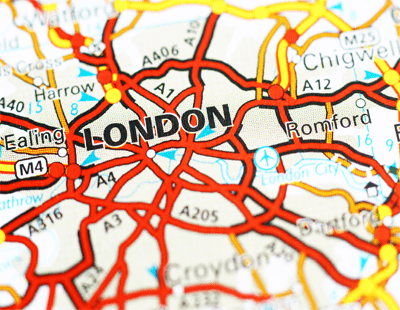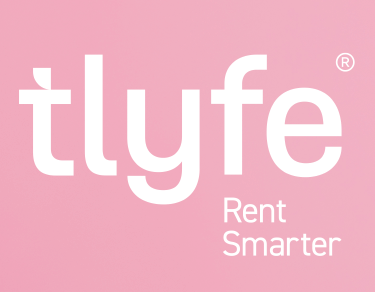As a rule of thumb, tenants should work to a rental affordability ratio of earning 2.5 times their rent in order to live comfortably. However, this is also a gauge that many letting agents will use when deciding if you are eligible to rent a property.
The average rent bill in England is £968 per month, or £11,616 per year.
This means a tenant needs to earn £29,041 per year for their home to be truly affordable. This is, however, £925 more than a tenant’s average annual income.
In fact, as many as five regions are home to tenant earnings that come in some way below the rental affordability ratio of 2.5 times income.
In London, the average tenant earns £39,585 a year but with annual rent costing an average of £21,084, this means they’re coming in -£13,125 below the affordability threshold.
In the South East, they’re falling £4,531 short; in the South West, it’s £4,046; in the North West it’s £2,985; and in the East, affordability is missed by £1,471.
However, four regions do offer a great chance of rental affordability.
In the North East, where the average annual rent cost is £6,996, a tenant would ideally earn £17,490 a year in order to live comfortably. In fact, the average tenant income for the regions is £25,878, £8,388 above the affordability threshold. This makes the North East the most affordable region in England.
In the East Midlands, the average tenant has an income £4,878 above the threshold; in Yorkshire & Humber, average income is £3,978 above the threshold; and in the West Midlands, income is £1,740 above the threshold.
“Rental affordability has been a burning topic for quite some time and unfortunately, it still remains a serious issue in today’s rental market. More and more of us are remaining reliant on the rental market until far later in life and this means more tenants fighting it out for a limited supply of rental homes” says Rentd founder Ahmed Gamal.
“Rather than tackle this issue head on and look to increase rental stock supply, the government has actually looked to reduce the number of landlords operating within the sector via a number of changes such as tax relief and an increase in stamp duty on buy-to-let homes.
“They’ve done so in order to increase supply to an overheated housing market to gloss over the fact that they simply haven’t built enough houses, leaving the nation’s tenants out in the cold as a result.
“At the same time, wage growth simply hasn’t kept pace with the wider cost of renting and living and this has only helped increase the issue of affordability within the rental sector.”















%20-%20IMAGE%20Client%20Accounting%20%E2%80%93%20what%20are%20your%20options.jpg)

%20(002).png)
.png)
.png)

%20(002).jpg)







Join the conversation
Jump to latest comment and add your reply
Lack of social housing is the biggest driver for the PRS’s lack of supply. If Govt spends 12bill on new (sustainable) social housing it will solve the problem.
The biggest driver is the 300% rise in population growth we've seen over the past 20 years. It took us BILLIONS of years to reach a 60 million population, yet in the last 12 or 13 years we've upped that by 10%. Totally and utterly unsustainable, yet never mentioned or put on the table for discussion.
I have to agree with both of you. I looked at the numbers last year, but its not PC to talk about it without being accused of being xenophobic. The facts are since 2005 we have built about 2.5m homes, and the population has increased by 6.8m, mainly EU migration. That is going to create a housing crisis.
The tories have also pretty much built no new social housing in the last 20 years as well, as they removed funding for local councils and relaxed planning regs. Combine that will hugh increases in house prices and rents causes by the supply and demand imbalance above, and you have a second social housing crisis.
Please login to comment